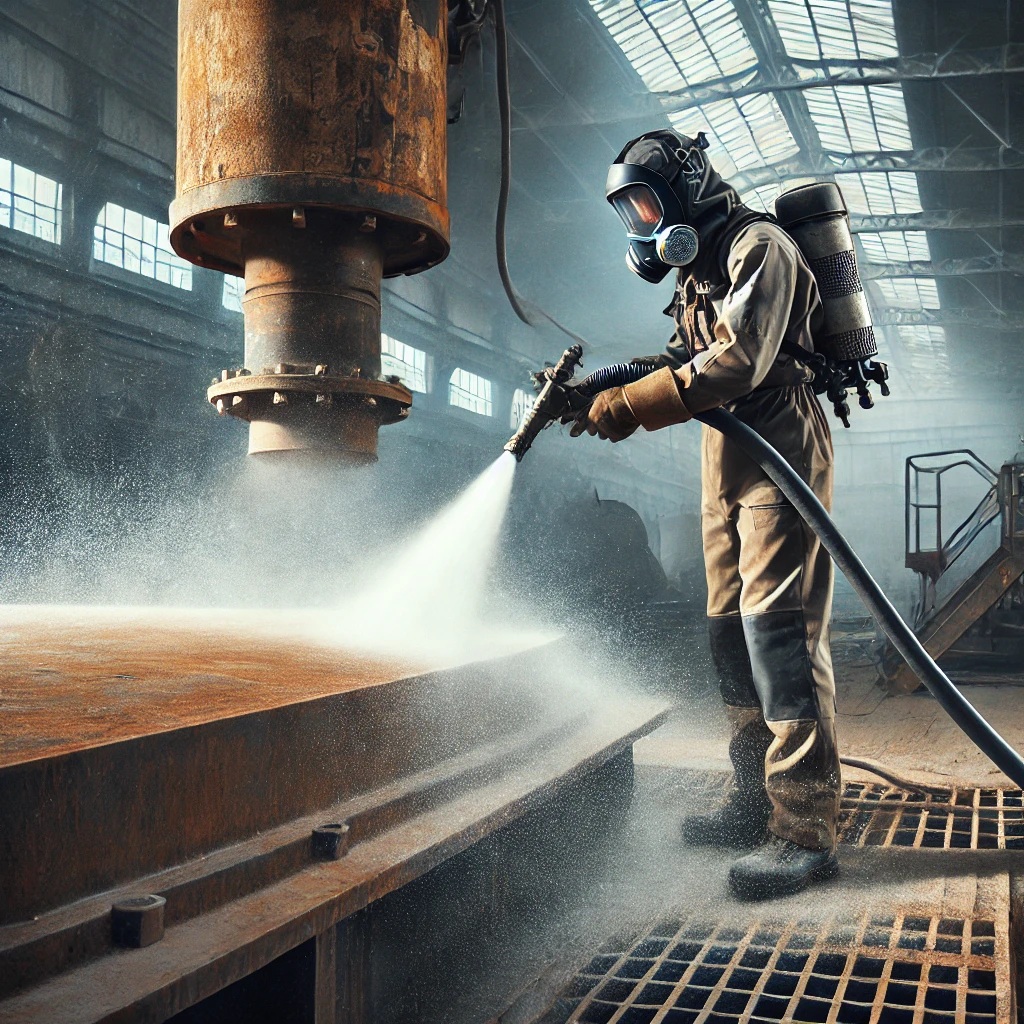
Proper disposal of sandblasting media is not just a regulatory requirement—it’s an essential practice for maintaining environmental sustainability and workplace safety. Whether you’re a contractor, DIY enthusiast, or industrial facility manager, understanding how to handle used blast media can reduce environmental harm, keep you compliant with regulations, and enhance your brand reputation. 🚀
This article covers best practices for disposing of sandblasting media responsibly, based on the latest Google Core Update guidelines and SEO content checklist principles to ensure visibility, authority, and usefulness. Let’s dive in! 💡
✅ What is Sandblasting Media?
Sandblasting media refers to the materials used in abrasive blasting processes to clean or etch surfaces. Common types include:
| Media Type | Common Uses | Hazard Potential |
|---|---|---|
| Silica Sand | General cleaning, paint removal | High (silicosis risk) |
| Garnet | Surface prep for coatings | Low |
| Aluminum Oxide | Etching glass, polishing metals | Moderate |
| Glass Beads | Finishing and polishing | Low |
| Steel Grit/Shot | Heavy-duty cleaning and paint removal | Recyclable |
🌍 Why Responsible Disposal Matters
Improper disposal can lead to:
-
Environmental contamination of soil and groundwater
-
Airborne hazards, particularly silica dust
-
Regulatory violations under OSHA and EPA standards
-
Increased costs from non-compliance and cleanup
🛠️ How to Dispose of Sandblasting Media Responsibly
1. Identify the Media Type
Before disposal, know what you’re working with. Some media types are non-toxic and reusable, while others may be hazardous waste.
Key Action:
✔️ Review the Safety Data Sheet (SDS) for the media.
2. Determine If the Media is Reusable
Recyclable media like steel grit, glass beads, or garnet can be used multiple times.
Tips:
-
Use blast recovery systems to filter and reclaim media.
-
Screen used media for contaminants (like lead paint or rust).
3. Test for Contaminants
Used blasting media may contain hazardous materials like lead, arsenic, or chromium.
Testing Options:
-
Hire a certified lab
-
Use portable field test kits
Johnson Box:
🧪 If contaminants exceed safe thresholds, the media must be treated as hazardous waste per RCRA standards.
4. Follow Local Disposal Regulations
Contact your local or state environmental protection agency for specific disposal guidelines.
Possible Disposal Methods:
-
Landfilling (for non-hazardous material)
-
Hazardous waste disposal facility
-
Industrial recycling centers
📞 Pro Tip: Always get written confirmation from the landfill or recycler confirming they accept your material type.
5. Use Certified Waste Haulers
If transporting off-site, work with haulers licensed to carry industrial or hazardous waste.
🚚 Ensure all materials are labelled, documented, and manifested as required by local law.
6. Keep Records
Maintain documentation for at least 3–5 years, including:
-
Waste testing reports
-
Disposal receipts
-
Transportation manifests
✅ This will protect you during audits or compliance checks.
🔄 Eco-Friendly Alternatives and Best Practices
-
Use reusable media: Steel shot, glass beads, and garnet reduce total waste.
-
Adopt vacuum recovery systems: Minimize airborne pollutants.
-
Switch to wet blasting: Reduces dust and improves containment.
-
Contain your blast area: Prevent spillage and groundwater contamination.
✍️ Conclusion
Disposing of sandblasting media responsibly is a blend of environmental ethics, regulatory compliance, and smart operational strategy. By identifying media types, testing for contaminants, and adhering to proper disposal or recycling procedures, you can protect both the environment and your business.
Whether you’re a seasoned pro or new to abrasive blasting, adopting responsible disposal practices makes a big difference. Stay informed, stay compliant, and stay sustainable. 💪🌎
❓FAQs About Disposing Sandblasting Media
Q1: Can I dump sandblasting media in the trash?
A: Only if it’s tested and confirmed to be non-hazardous. Otherwise, it must go to a certified facility.
Q2: How do I know if my used media is hazardous?
A: You must test it for contaminants like lead, arsenic, or heavy metals—either in-house or via a lab.
Q3: Can sandblasting media be recycled?
A: Yes! Especially steel grit, garnet, and glass beads. Use a recovery system to separate usable media.
Q4: What if I’m using silica sand?
A: Avoid using it due to health risks (e.g., silicosis). If you must, handle and dispose of it as hazardous waste and follow all OSHA guidelines.
Q5: Do I need permits to dispose of sandblasting waste?
A: Some jurisdictions may require permits for hazardous waste transport or disposal. Always check with local authorities.
Leave a Reply